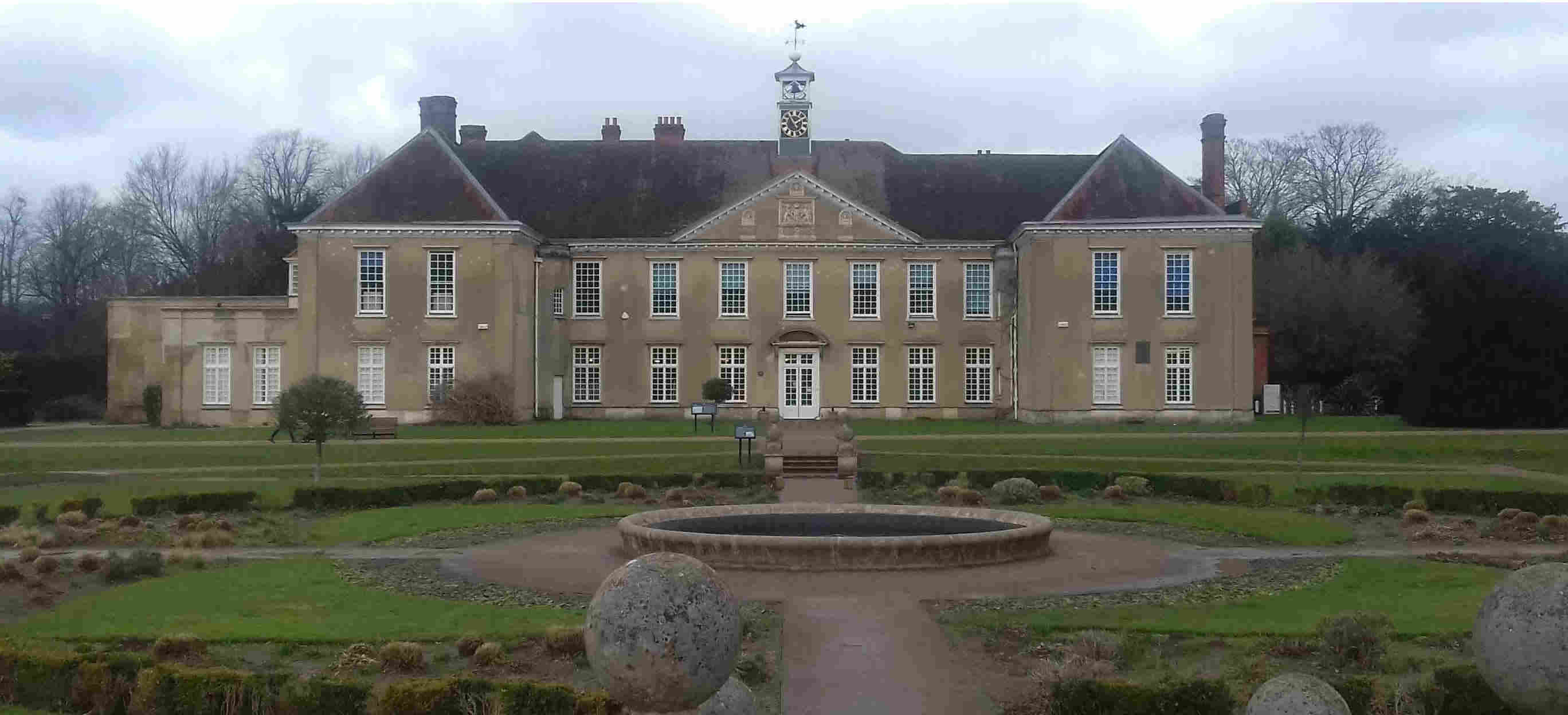The Background Story of Reigate Tunnel
In July 2023, Reigate’s tunnel reaches the ripe old age of 200 years. It is the oldest road tunnel in England (and probably UK and Europe). It is about 55 yards long and was designed by William Constable (1783-1861). It was not the first road tunnel to be started as there was an earlier one in Highgate which collapsed before opening and was completed as a cutting.
To understand the background to the construction of the tunnel, it is necessary to go back another 200 years.
In the early 1600s, roads had not improved since Roman times. There was no national postal system, the first police force was not until 1749 (the Bow Street Runners), the Post Office was only founded in 1660 and the first newspaper was in 1702. People did not travel much, there was no holiday culture and travelling was far from simple. You travelled by foot or horse and would need money for overnight accommodation, meaning that you were a target for robbers, for example Dick Turpin was not active until the early 1700s.
Early roads through Reigate were a familiar north to south and east to west along the lines of the present A217 and A25. There was also a road from Merstham which meandered along Frenches Road and Linkfield Lane to Shaw’s Corner.
Things started to change with the first stagecoaches. Although the origins of the stagecoach go back to the 13th Century, the first regular stagecoaches were not until 1610 in Scotland. By the mid 17th century, there was a basic network of routes. Speeds were slow because of the poor roads. The design of stagecoaches improved and suspension was included from 1660s onward.
The introduction of the Royal Mail saw deliveries by ridden horses but it was not until 1784 that Mail Coaches were used. These carried passengers and charged premium fares owing to their speed.
From 1555, parishes were required to maintain their own roads, this was not totally repealed until the 1880s. Able bodied men were required to give some time for no reward to maintain the roads. The Government could fine parishes whose roads were not up to some sort of standard. For some small parishes with long sections of road, this was a heavy financial burden and the laws were gradually changed to allow tolls to be levied. As these laws developed, it allowed organisations to build, own and charge tolls for specific sections of road, these were termed turnpikes.
Originally a turnpike referred to a pole on a pivot. Milestones were a compulsory feature and tollgates a necessary requirement. Stagecoaches got their name from that 10-15 mile stages for each team of horses.
Reigate to Crawley was the first turnpike in Surrey, it was started in 1697 but not completed until 1755 although other Surrey turnpikes were started later and completed earlier. Reigate Hill was a considerable obstacle and was regarded as one of the most formidable challenges on any Turnpike in England. All fit passengers were required to walk up the hill. Mail coaches passed through toll gates without stopping, a posthorn was sounded to herald its arrival.
Not all stagecoaches ran on turnpikes; there were also Stage Waggons which carried goods and optionally passengers although probably in moderate discomfort. The road from Guildford to Godstone never became a turnpike.
Reigate benefited greatly from the trade. The main coaching inns were the Swan, the Grapes and the White Hart where the horses were changed and the travellers given refreshments (often lunch). None of these inns survive today.
As the roads improved, speeds increased reducing travel time and the number of coaches operating steadily increased. In 1801, a typical journey time from London to Brighton as 12 hours, by 1813, this was down to 6 hours with a record time of 3 hours and 40 minutes. This was the practical time limit for horse travel. By 1821, there were 40 daily services between London and Brighton although not all would have run through Reigate.
In the late 1790s, a new turnpike was granted planning permission to run from Croydon to Reigate via Merstham missing out Reigate Hill – this was opened in 1807. More alarmingly for Reigate was the proposal for this turnpike to branch through what is now Redhill bypassing Reigate altogether; this was eventually opened in 1816.
Reigate proposed a series of measures to counteract this. Housing was cleared from the west end of the High Street in 1806, Cockshot Hill was lowered on 3 occasions by a total of 19 feet, the stream over Bell Street was culverted in 1815 and in 1823, the tunnel was opened for which additional tolls were charged.
Also in 1823, the cutting at the top of Reigate Hill was dug. The old road went through what is now the car park to a T junction with Wray Lane. The first bridge over the top of the hill was opened the following year.
Other theories have been put forward for the construction of the tunnel: increasing tensions with France requiring improvement to the road system, Lord Somers did not like people trespassing on his land and that King George IV wanted to get back to London from Brighton as fast as possible.
The tunnel caves were originally silver sand mines. They have found various other uses over time. In 1858, there was a massive collapse in the caves which blew the cave doors off their hinges into the tunnel.
The coming of the railways caused the rapid decline of the stagecoach services although there was a brief revival in the late 1860s. The turnpikes carried on until the 1870s. In the 1880s, the maintenance of the roads passed briefly to the council and then to the County Council. The age of the motor car arrived in the late 1890s. Eventually traffic was made one way though the tunnel northbound. There was a proposal to widen the tunnel in the early 1900s. The tunnel was made one way to traffic northbound and in April 1970, closed to motor traffic altogether.

